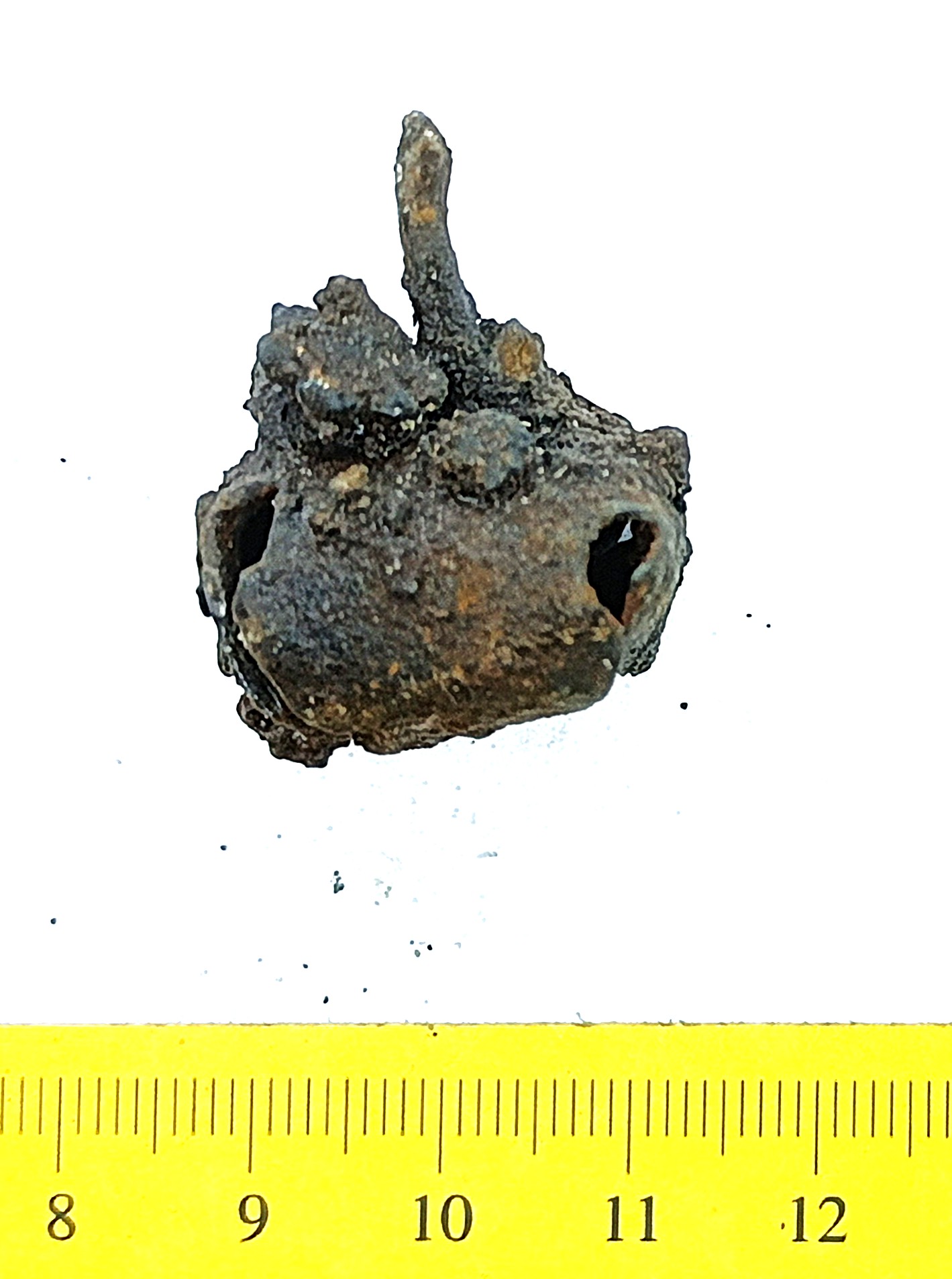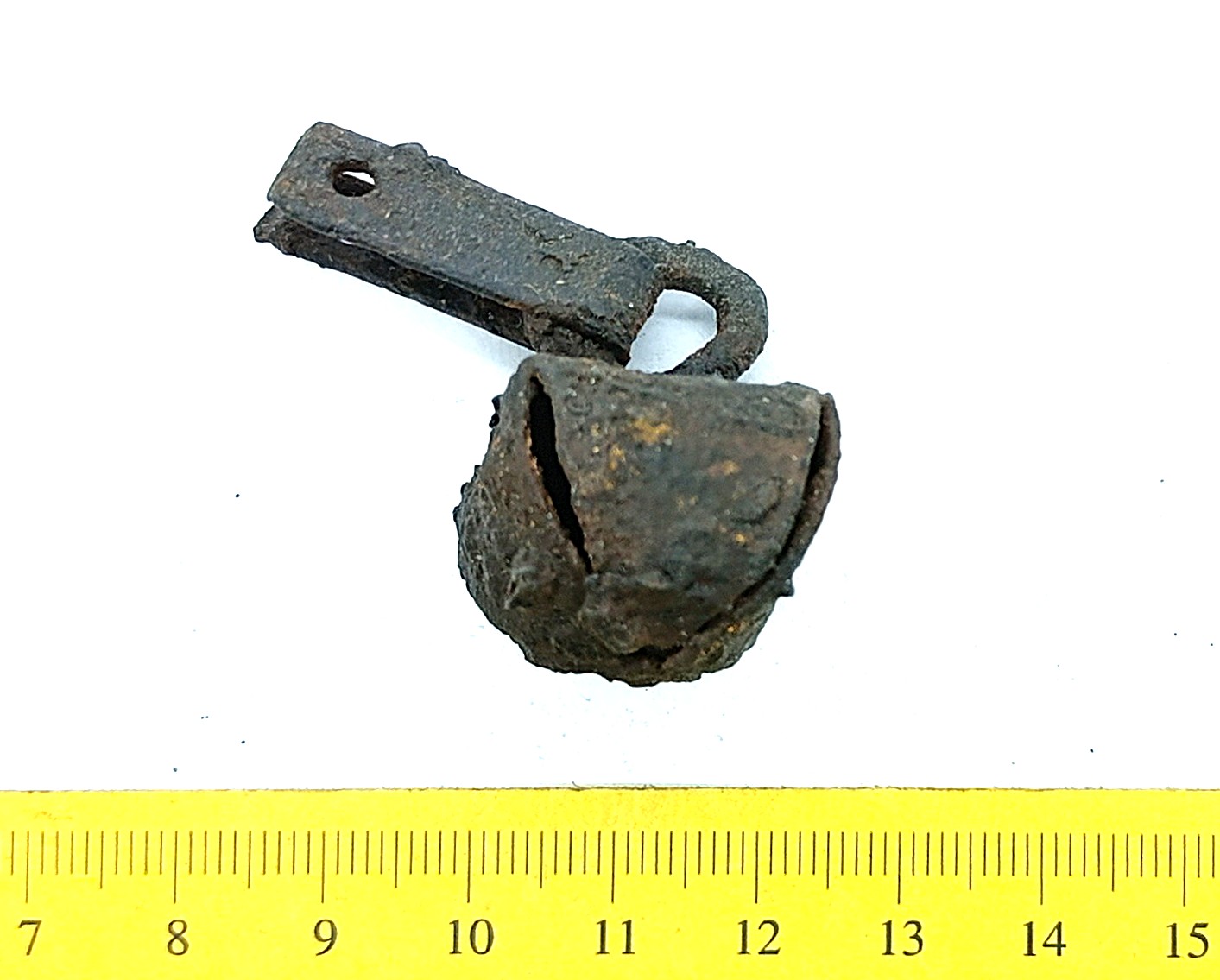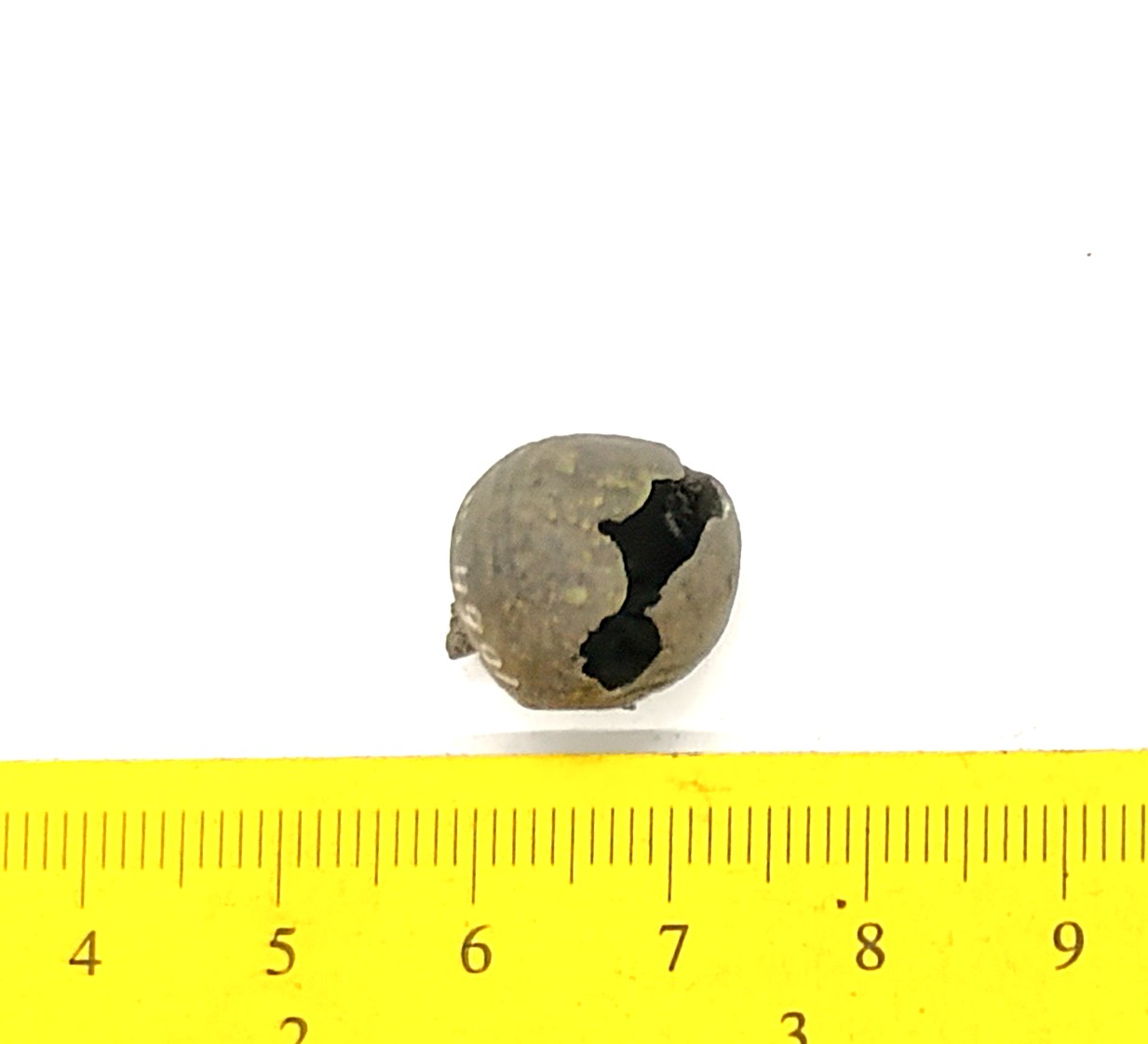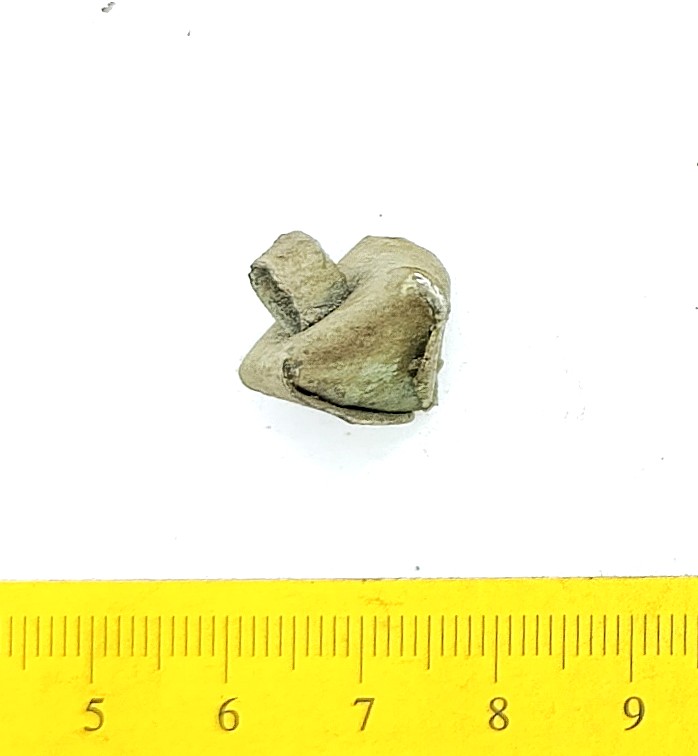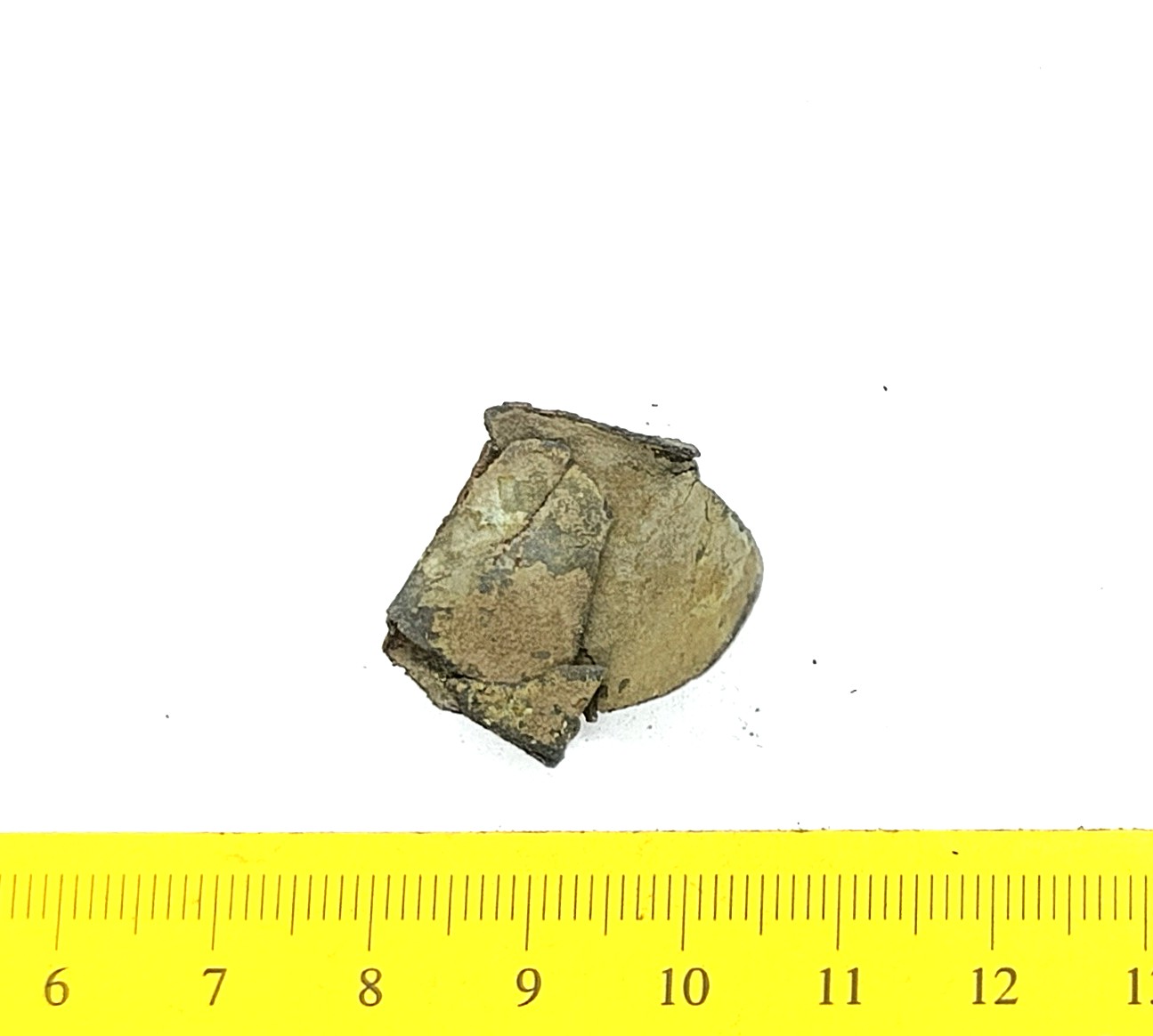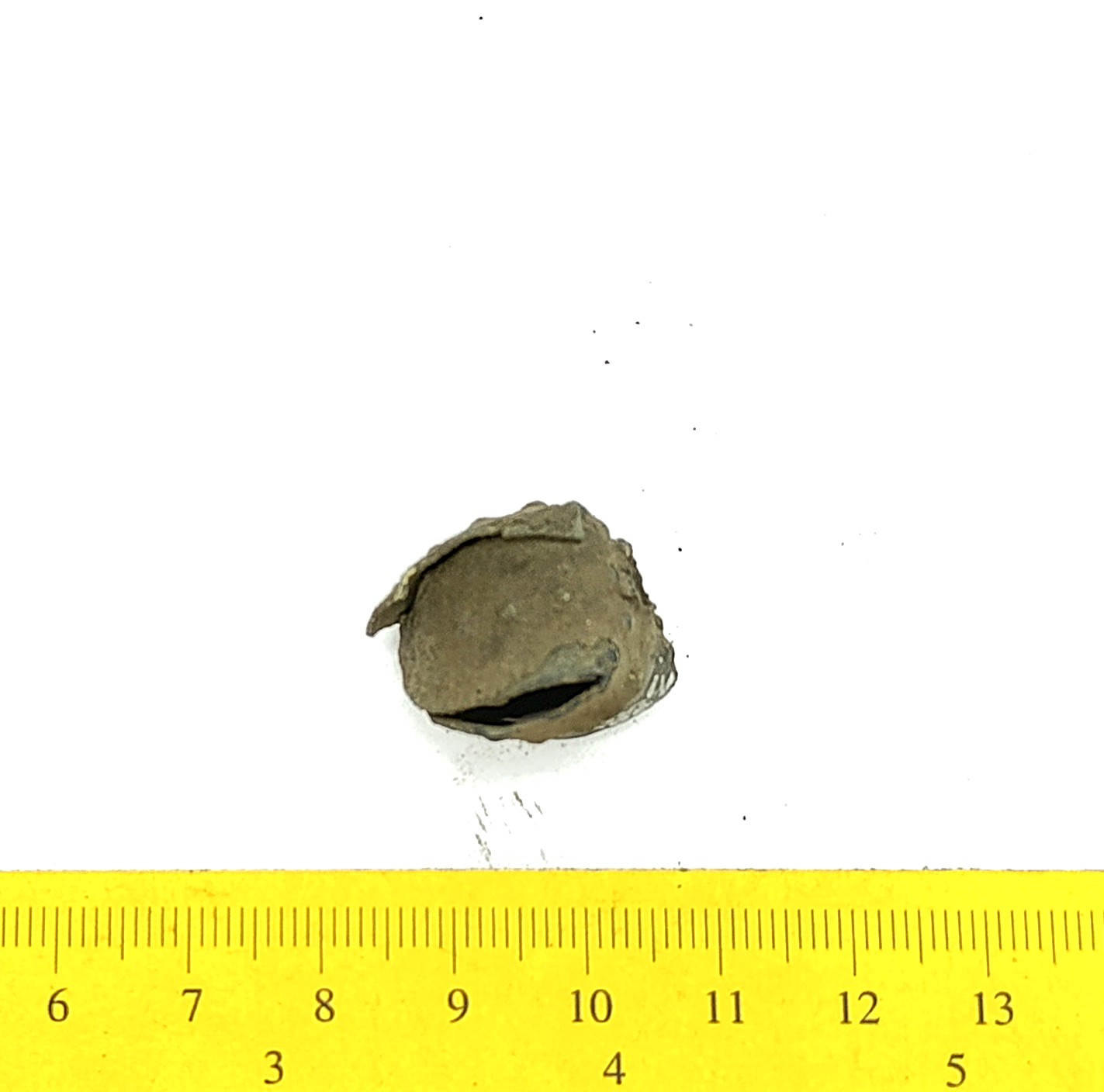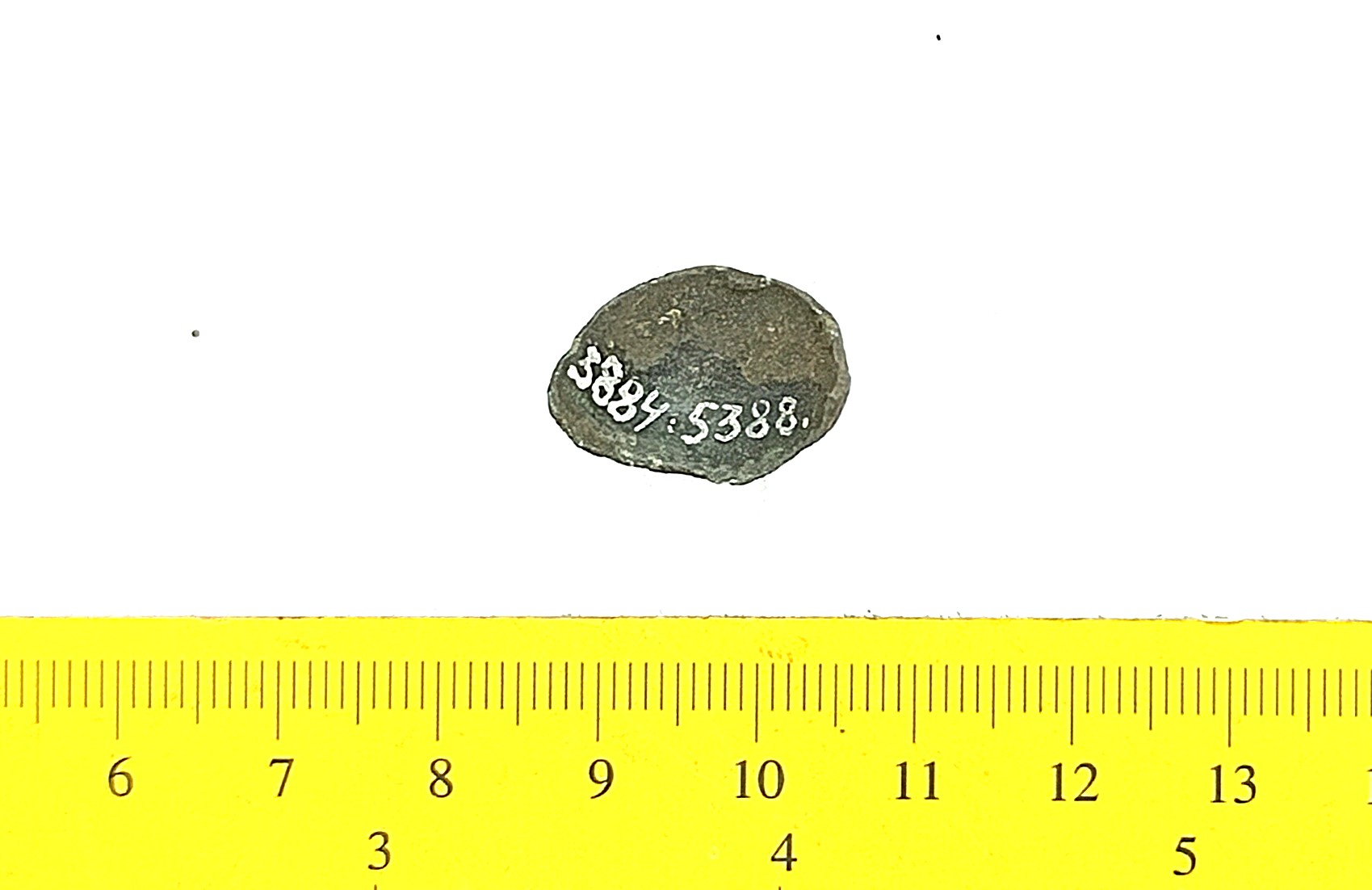Database
Our database is free to use for all history and archaeology enthusiasts. If you use our database, please do not forget to cite correctly:
Mägi, Marika; Palm, Piia Sandra. Archaeological Artefacts of Saaremaa. Foundation Osiliana / Tallinn University. Accessed: date.
The Osiliana Archaeological Database presents artefacts from Saaremaa and the surrounding small islands.
The database contains mainly Iron Age and Medieval finds that can be classified.
Undated metal or other pieces were generally excluded from the database.
Ceramics are represented by isolated examples.
The database is a work in progress and is constantly being updated.
Bridle bells, iron. These iron bells were attached to bridles. In Estonia they have been found from stone graves with cremation burials, where they can also date to the early 13th century.
Mägi, M. 2002. At the Crossroads of Space and Time. Graves, Changing Society and Ideology on Saaremaa (Ösel), 9th–13th Centuries AD. (CCC Papers, 6.) Tallinn.
Bridle bells, iron. These iron bells were attached to bridles. In Estonia they have been found from stone graves with cremation burials, where they can also date to the early 13th century.
Mägi, M. 2002. At the Crossroads of Space and Time. Graves, Changing Society and Ideology on Saaremaa (Ösel), 9th–13th Centuries AD. (CCC Papers, 6.) Tallinn.
Bell, copper alloy. Similar to Rainio´s (2010) group 4 bells that are characterized by an ornament of horizontal lines that is often very faint. Bells of this type have been found in Finland, Poland, Estonia, Latvia, Lithuania, Ukraine and Russia.
Rainio, R. 2010. Suomen rautakautiset kulkuset, kellot ja kelloriipuksed. Äänismaisenman arkeologiaa. Väitöskirja. Helsinkin yliopisto, Helsinki.
Bridle bells, copper alloy. These bells were attached to bridles. In Estonia they have been found from stone graves with cremation burials, where they can also date to the early 13th century.
Mägi, M. 2002. At the Crossroads of Space and Time. Graves, Changing Society and Ideology on Saaremaa (Ösel), 9th–13th Centuries AD. (CCC Papers, 6.) Tallinn.
Bridle bells, copper alloy. These bells were attached to bridles. In Estonia they have been found from stone graves with cremation burials, where they can also date to the early 13th century.
Mägi, M. 2002. At the Crossroads of Space and Time. Graves, Changing Society and Ideology on Saaremaa (Ösel), 9th–13th Centuries AD. (CCC Papers, 6.) Tallinn.
Bridle bells, iron. These iron bells were attached to bridles. In Estonia they have been found from stone graves with cremation burials, where they can also date to the early 13th century.
Mägi, M. 2002. At the Crossroads of Space and Time. Graves, Changing Society and Ideology on Saaremaa (Ösel), 9th–13th Centuries AD. (CCC Papers, 6.) Tallinn.
Bridle bells, iron. These iron bells were attached to bridles. In Estonia they have been found from stone graves with cremation burials, where they can also date to the early 13th century.
Mägi, M. 2002. At the Crossroads of Space and Time. Graves, Changing Society and Ideology on Saaremaa (Ösel), 9th–13th Centuries AD. (CCC Papers, 6.) Tallinn.

Viltina
Bell, copper alloy.
Bell, copper alloy. Similar to Rainio´s (2010) group 4 bells that are characterized by an ornament of horizontal lines that is often very faint. Bells of this type have been found in Finland, Poland, Estonia, Latvia, Lithuania, Ukraine and Russia.
Rainio, R. 2010. Suomen rautakautiset kulkuset, kellot ja kelloriipuksed. Äänismaisenman arkeologiaa. Väitöskirja. Helsinkin yliopisto, Helsinki.
The negative value refers to time Before Christ.

